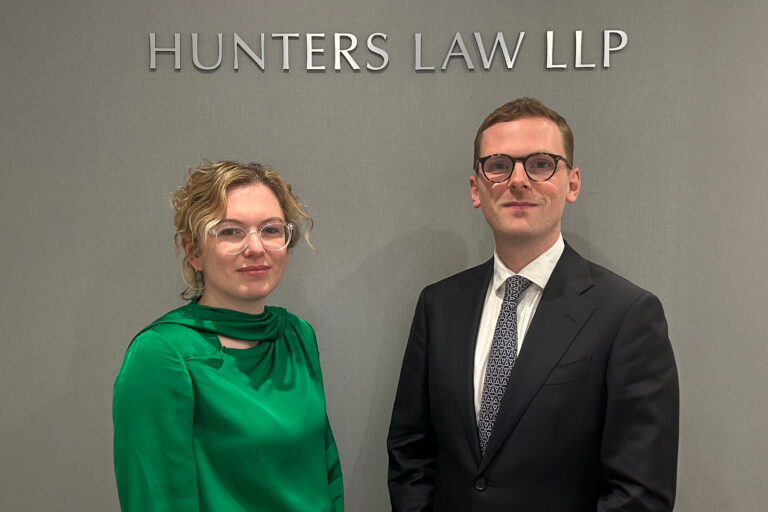Louise Garrett discusses the proposed increase in probate fees in WealthBriefing

This article was originally published in WealthBriefing, 17 September 2021, and can be found here.
On 23 September, the Ministry of Justice (MoJ) closes its consultation seeking views on whether to align the fees for grants of probate into a single fee for both professional and individual probate applications.
If the proposals for the new fee structure are introduced in early 2022 as suggested, Her Majesty’s Courts and Tribunals Service (HMCTS) will be under pressure to prove the new flat fee of £273 for estates worth £5,000 has been justified. One of the main criticisms of the proposed fee increase is that the probate service has been subject to significant delays in recent times and so it will need to demonstrate increased efficiency. Indeed, the MoJ says in its consultation the proposals “are estimated to raise additional income of £56 million in 2021/22 and £2325 million p.a. in 2022/23 onwards. This income is crucial for HMCTS and will allow it to run an efficient and effective courts system”.
Such an increase in funding means it will be harder for HMCTS to argue that it is inadequately resourced to provide the efficient level of service expected of it. An HMCTS blog published last month by Adam Lennon acknowledges the probate service “could be improved, and that some applicants have experienced difficulties and delays”. This self-acknowledgement on behalf of HMCTS should be optimistically viewed as a sign of the service moving towards a more timely and effectual process for both the professional and individual applicant.
Mr Lennon also explains that “applying for probate and managing inheritance tax obligations can be intrinsically linked, so we’re working closely with HMRC to improve how we share information”. For government departments to be working towards a more unified approach is welcomed news and, in an increasingly digital world, there seems less reason not to strengthen sharing platforms which benefit public resources and applicants alike.
Chapter 6 of HM Treasury’s Handbook Managing Public Money states “different groups of customers should not be charged different amounts for a service costing the same”. If the flat fee is introduced for both types of applicant, critics will no doubt be looking closely to see that the same level of service is provided to both individuals and professionals. It certainly seems as though the disparity between the two types of application has narrowed and that the digitalisation of the service has resulted in a more user-friendly application process removing some of the technicalities which made paper applications, in particular those made by individuals, open to errors and omissions.
The consultation says that current probate fees do not meet the cost of providing the service, and there is currently a deficit. If this is the case, then an increase in fees seems inevitable, despite critics being opposed to the rise when the existing service is considered poor. One can’t ignore the difficulties posed by the pandemic over the last 18 months; and so hopefully, as we move towards more normality, development and monitoring will culminate in a better probate service in the immediate future.
It will remain to be seen if the proposed increase will result in any public subsidy being required for the service and transparency on this issue will be expected. Indeed, one of the objectives of the proposals is “to protect access to justice by ensuring that courts and tribunals are adequately resourced, while reducing the overall taxpayer subsidy for HMCTS”. On the other side of the coin, the MoJ will be criticised if it is seen to be profiting in any way from the increase in probate fees. No doubt further cost recovery exercises will be carried out as the probate service continues to develop.





